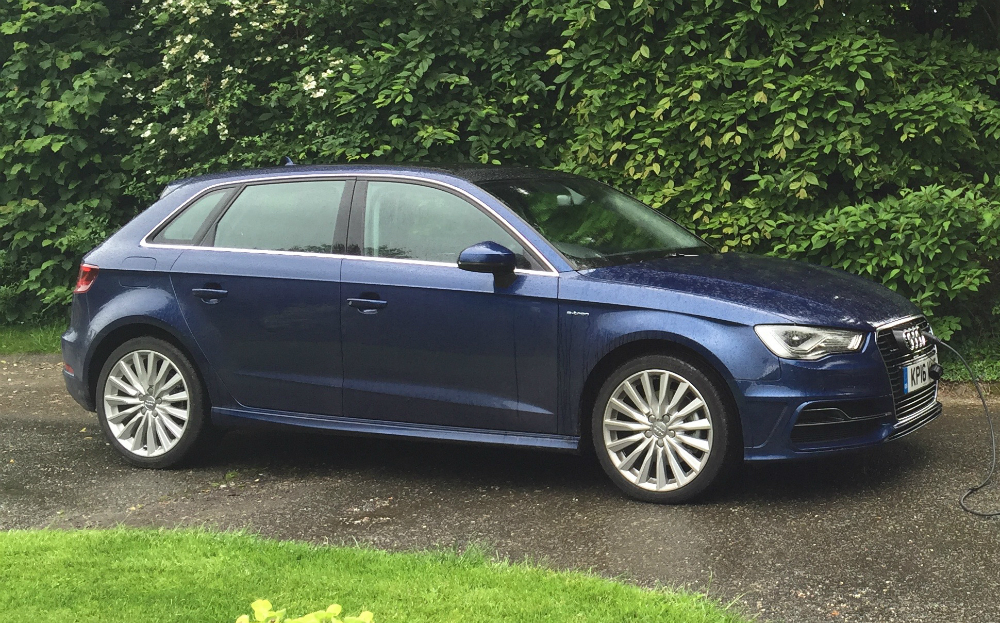Extended tests: Audi A3 e-tron and BMW 225xe
Should you buy a plug-in hybrid car?
PLUG-IN HYBRID cars are catching on. Sales are soaring, up five times since 2014, although admittedly from a low base. Between January and March 2016, 11,243 PHEVs (or PHEVs, for those who collect snappy abbreviations) were sold in Britain. That’s just 1% of the new car market, but the five-fold increase shows more drivers are, ahem, plugging in to the benefits of a car that runs on a combination of electricity and petrol or diesel.
The promise is impressive fuel economy, low emissions and modest running costs. But what’s the reality? Driving is running a mini fleet of PHEVs in a long-term test. We want to see how well this new type of car works for different drivers, over a meaningful period of time, and have picked two popular models on sale to expose to a rigorous, real-world workout. Whether the showrooms will want them back when we’ve finished with them is another matter.
Our cars are the Audi A3 Sportback e-tron and the BMW 225xe. The BMW will reside in the suburbs of Surrey; the Audi A3 e-tron will have to prove its worth in the Kent countryside.
Browse NEW or USED cars for sale on driving.co.uk
Both will be used for a mixture of commuting, local trips and longer runs. They’ll have to put up with late-night trips to the corner shop for a pint of milk, slogs to the office in grinding traffic, young children who show no mercy to a car’s interior and — more likely than not — much sotto voce cursing when public charging points for electric cars are found to be out of order.
We’ll post regular reports on life with the cars, and we welcome feedback from drivers who own a PHEV or are considering buying one.
Does a plug-in hybrid make a case for itself as a practical car for the majority of drivers? Is it a clean and efficient alternative to diesel power? Can it save money by cutting fuel bills and, for some, company car tax? Our extended test will reveal all.
Latest reports: Audi A3 e-tron; BMW 225xe






